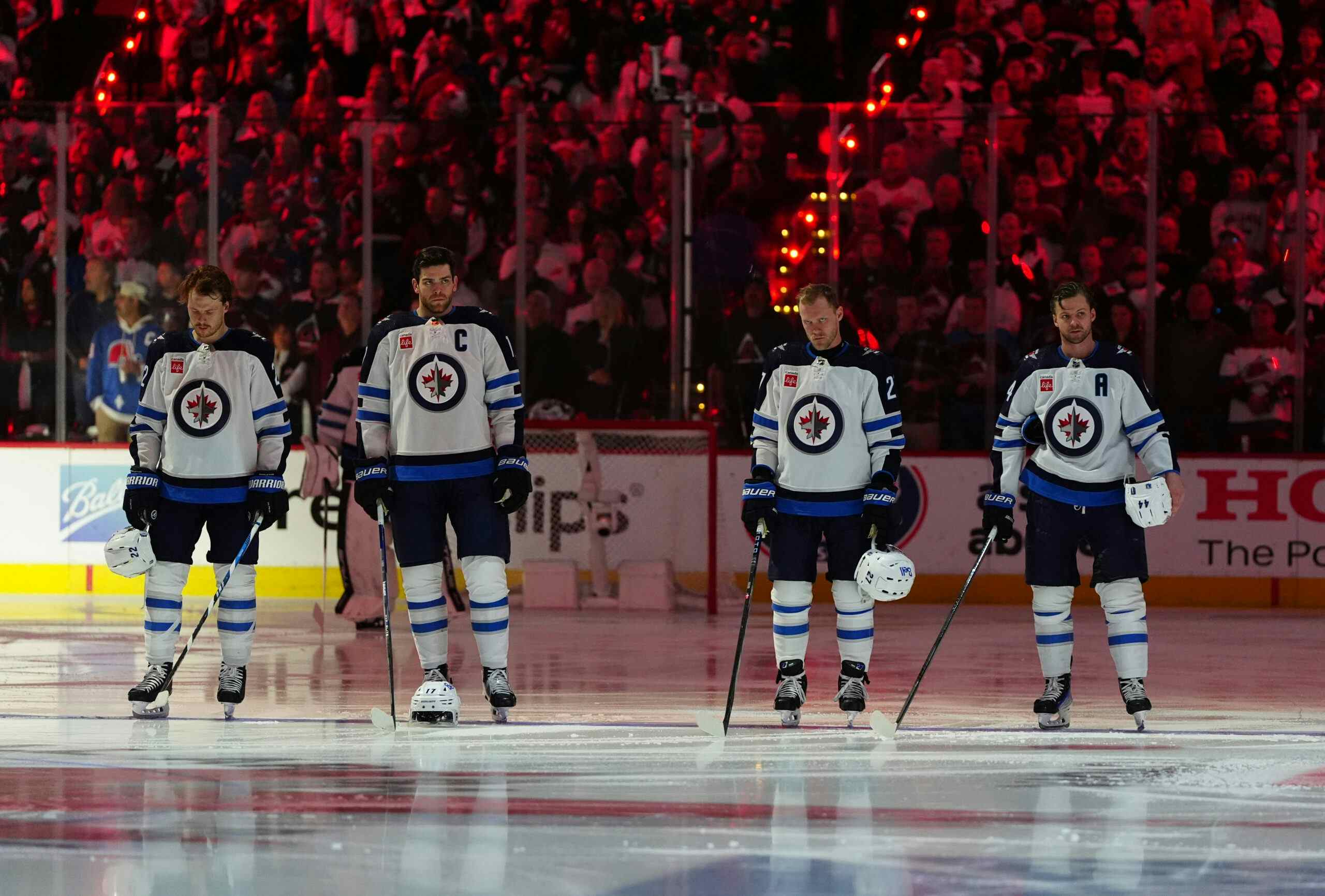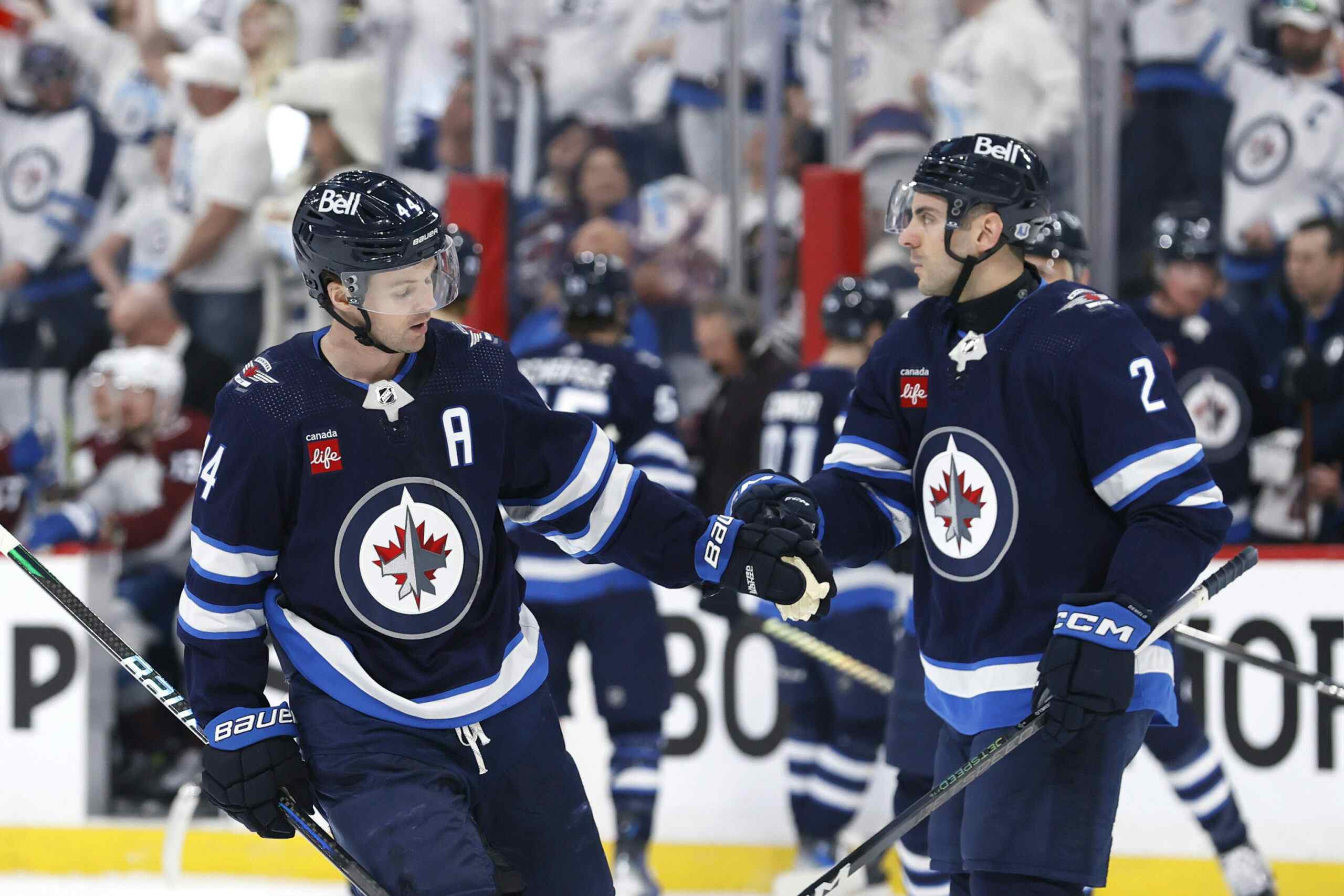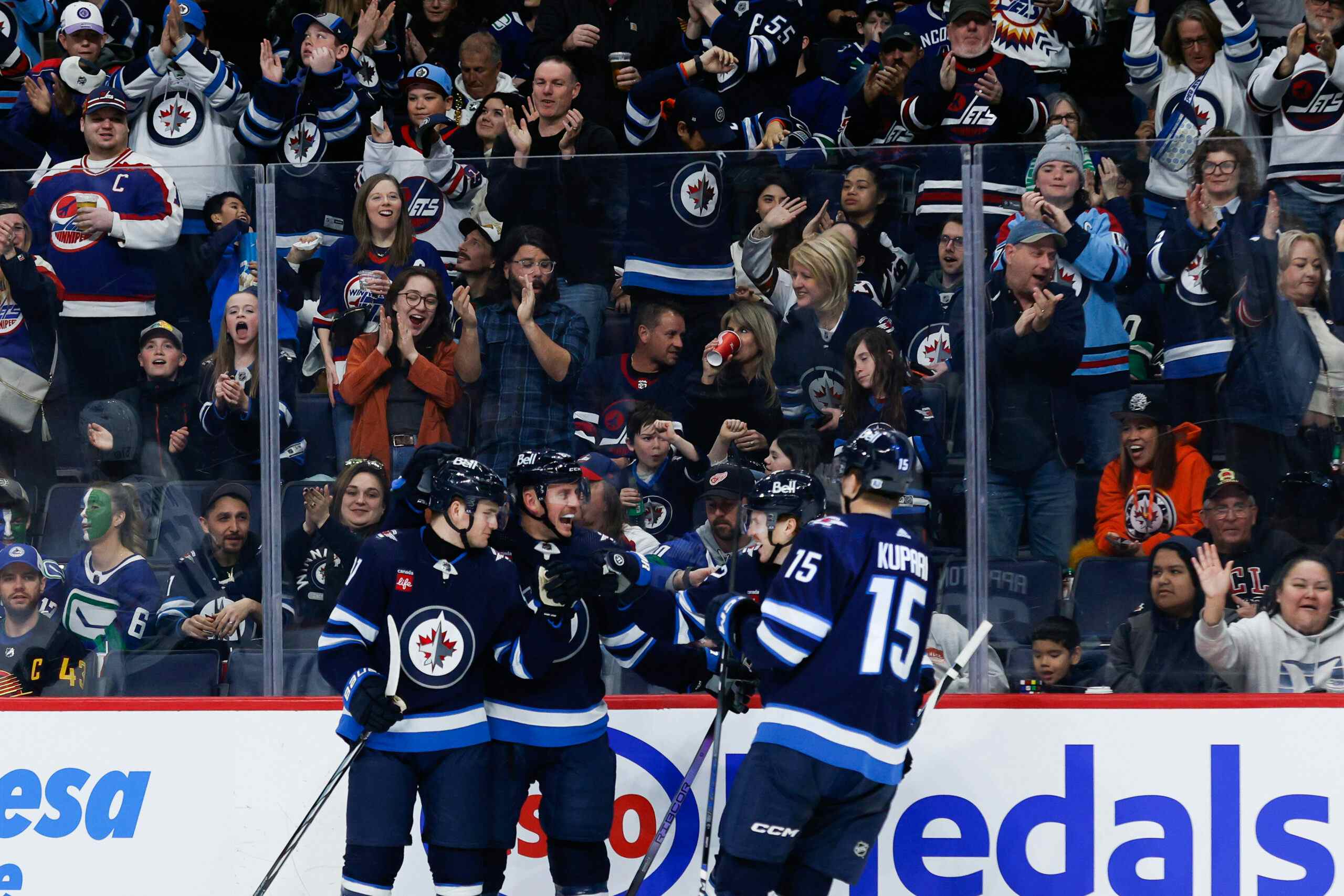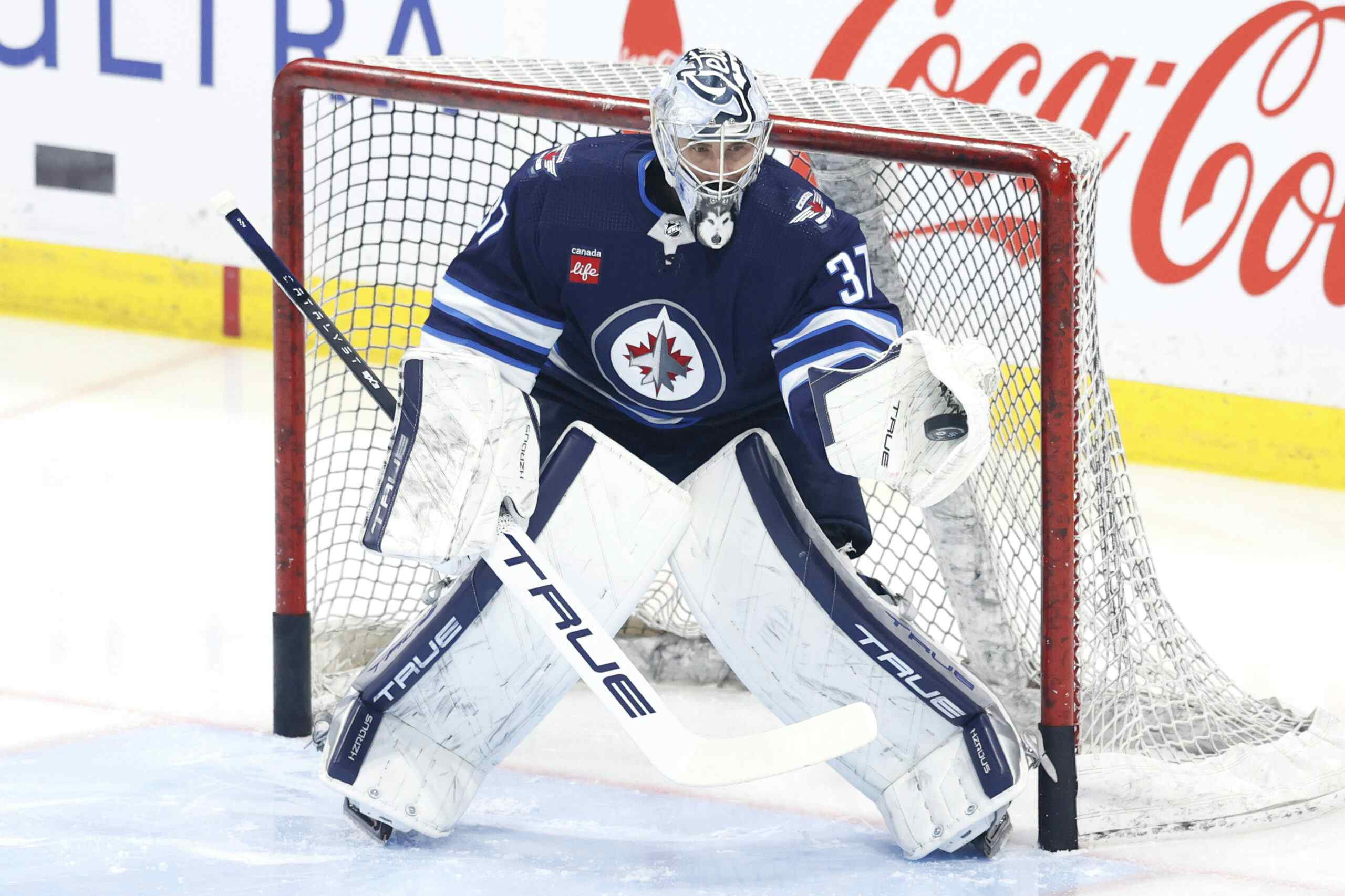By The Numbers: How have the fresh faces fared in Winnipeg
By Garret Hohl
9 years agoThe Winnipeg Jets picked up four players for depth through trade that were all struggling in one form or the other on their past teams.
The samples are small, so while the results do carry some meaning, it is mostly anecdotal.
Let’s take a look.
Tyler Myers

Myers is the biggest name of the bunch. I added Zach Bogosian for context, as Myers essentially took Bogosian’s minutes.
Their shot attempt differentials are trending quite similarly, although the Jets on-ice performance versus on-bench performance has been better with Bogosian than Myers. Myers has also received quite a bit more zone start pushing from Paul Maurice.
Where Myers has performed better than Bogosian is with putting up points. For both five-on-five and power play, Myers has produced more per minute of ice time than Bogosian. The samples are small and no defender will ever sustain a 2.0 even strength point production (average top pair defender is just under 1.0), but the eye-test suggests that Myers does have a bit more offensive acumen than Bogosian.
Drew Stafford

I am comparing Drew Stafford to Evander Kane, since Stafford has taken a similar role although without any penalty kill usage. It is a bit unfair, as no one expects Stafford to be as good as Kane. The Jets received a bunch of future pieces from the Buffalo Sabres in the trade for a reason.
Stafford hasn’t pushed the play nearly as well as Kane. Both have been deployed similarly in the defensive for the most part. Kane though has spent far more relative minutes with weaker players in terms of scoring and shot-metrics.
Stafford has amply covered Kane’s 2014-15 point production, although, if Kane were healthy we wouldn’t really expect Kane to score at that level. The three previous seasons Kane had averaged just over 2.0 points per sixty minutes.
It should be noted that at small samples points per sixty rates are hugely variable. Just one game ago Stafford was at 1.1 instead of 1.4 points per sixty minutes.
Jiri Tlusty

Comparing Jiri Tlusty to one of the NHL’s premium underlying metric performers is a tad unfair. Tlusty was added as a stop gap for Mathieu Perreault but also as added depth. Unlike Kane or Bogosian, the Jets hope for a return from Perreault and the Jets will then have both of these players.
Tlusty’s performance in shot attempt differentials has not been as strong as Mathieu Perreault, but the winger has performed well given the specialized zone deployment Maurice has given Tlusty. His deployment has primarily been in the defensive zone, and by a stark amount.
Tlusty hasn’t put up much in terms of points but he has had his share of chances. The scoring should come in time. With just over six minutes of power play time, it is far too early to judge in this area.
Lee Stempniak

This is probably the weakest comparison. Lee Stempniak has not played much for the Jets and also only played on the third line, where Matt Halischuk split time on both a third and fourth line role.
In terms of on-ice performance relative to expectations, Stempniak has been the best of the bunch. He hasn’t played significant minutes, and both his impact shot-metrics and point production is likely to decrease over time.
Still, performing well is performing well.
The Jets own an exceptional share of shot attempts while Stempniak is on the ice, and have performed far better with him on the ice than on the bench. He has done this while playing very middling minutes in terms of zone starts, competition, and linemates.
All numbers are courtesy of War-on-Ice and score-adjusted where ever applicable.
Recent articles from Garret Hohl





